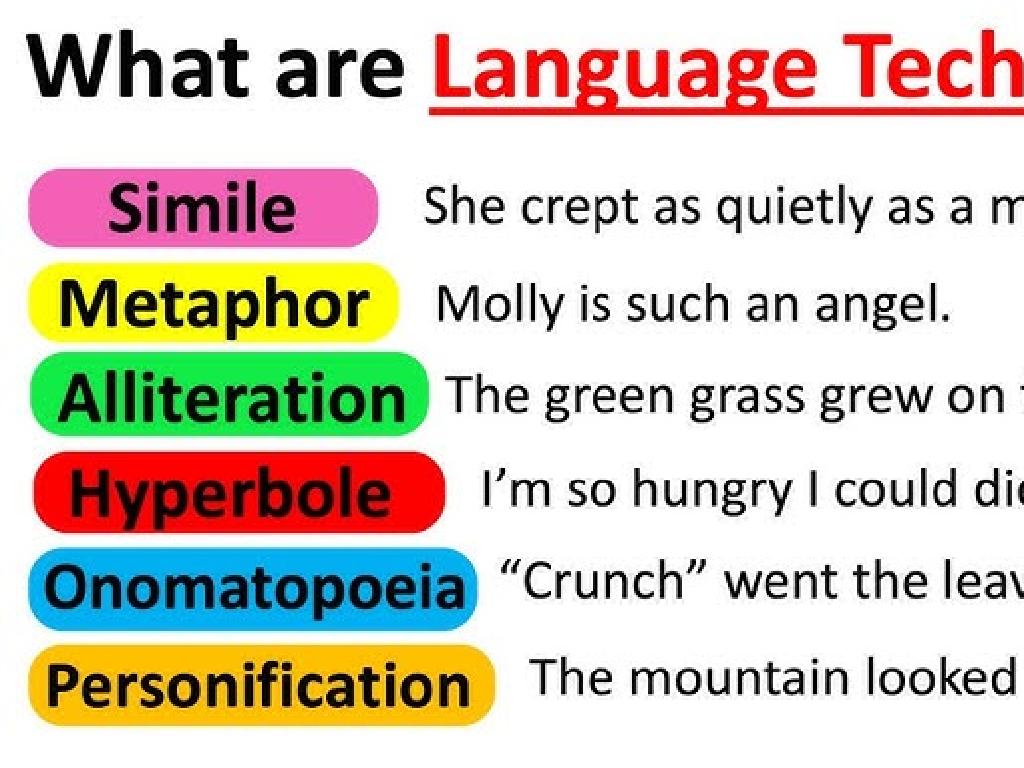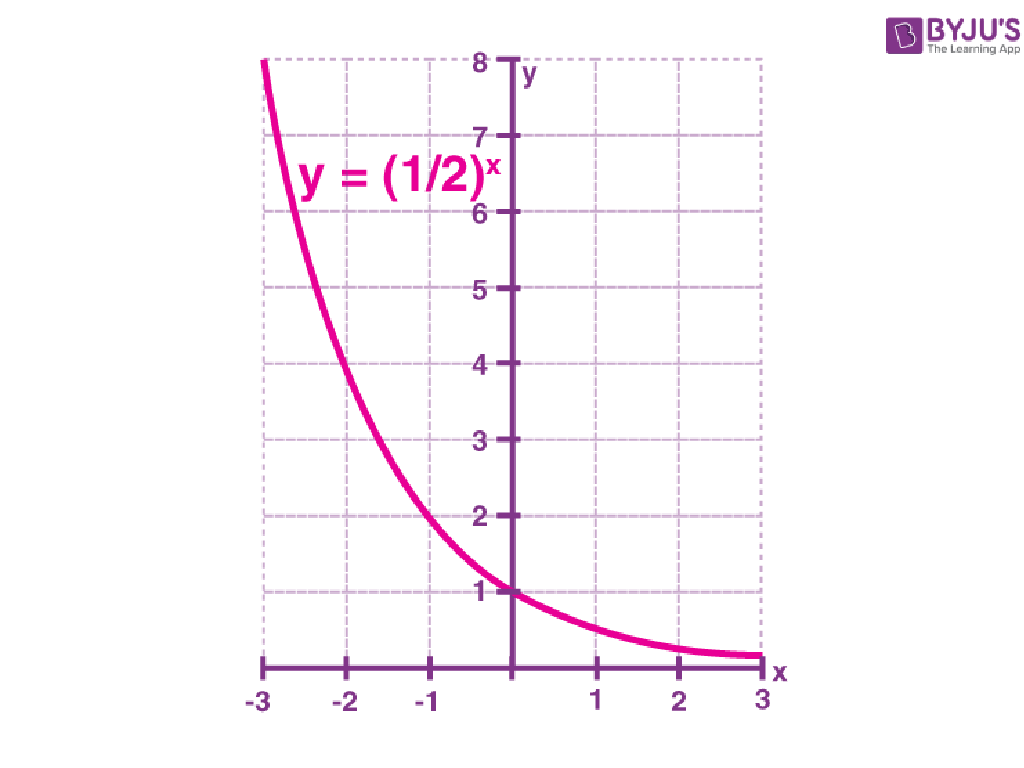Genetic Variation In Sexual Reproduction
Subject: Science
Grade: Eighth grade
Topic: Genes To Traits
Please LOG IN to download the presentation. Access is available to registered users only.
View More Content
Introduction to Genetic Variation
– What is genetic variation?
– Genetic variation refers to the differences in DNA among individuals.
– Reasons for our unique looks
– Our unique appearance is due to variations in our genetic code.
– Genes and traits explained
– Genes are DNA segments that determine traits like eye color.
– Significance of genetic diversity
– Genetic diversity is crucial for survival and adaptation.
|
This slide introduces the concept of genetic variation, which is the foundation of diversity in living organisms. Genetic variation explains why each individual has a unique set of traits, even among family members. It’s important to highlight that genes, which are made up of DNA, are responsible for different traits that we can observe, such as hair color, height, and more. Genetic diversity is essential as it allows species to adapt to changing environments and survive over time. Encourage students to think about their own unique traits and how they differ from their classmates, fostering an understanding of genetic variation in a relatable context.
Genetic Variation in Sexual Reproduction
– Define sexual reproduction
– A process involving two parents that combine their genetic material to produce a new organism.
– Compare with asexual reproduction
– Asexual reproduction involves one parent and produces clones; sexual reproduction involves two parents and produces unique offspring.
– Role in genetic variation
– Sexual reproduction creates diversity in genes, leading to variations in species.
|
This slide introduces the concept of sexual reproduction and its significance in genetic variation. Begin by defining sexual reproduction as the biological process by which new individual organisms are produced from their parents. Highlight the key difference from asexual reproduction, emphasizing that sexual reproduction involves the combination of genetic material from two parents, which leads to offspring with unique genetic makeups. This genetic diversity is crucial for the survival and evolution of species, as it allows for adaptation to changing environments. Discuss examples of both types of reproduction and encourage students to consider why genetic variation might be beneficial.
Genes and Chromosomes: The Basics
– Genes: Units of heredity
– Genes carry traits from parents to children.
– Chromosomes: DNA structures
– Chromosomes, made of DNA, contain many genes.
– Inheritance of genes
– Genes are passed down during reproduction.
– Role in genetic variation
– Sexual reproduction leads to diverse traits.
|
This slide introduces the fundamental concepts of genetics, focusing on the role of genes and chromosomes in heredity. Genes are the basic units of heredity and are responsible for the transmission of traits from parents to offspring. Chromosomes are long strands of DNA that contain many genes and are found in the nucleus of cells. During sexual reproduction, genes from both parents are passed on to their offspring, which results in genetic variation. This variation is crucial for the survival and evolution of species. Encourage students to think about how they have inherited different traits from each of their parents, and discuss the importance of genetic diversity in class.
Meiosis: The Key to Variation
– What is meiosis?
– A process of cell division that halves the number of chromosomes to form gametes.
– Stages of meiosis
– Prophase, Metaphase, Anaphase, Telophase, and Cytokinesis.
– Importance of each stage
– Each stage ensures accurate chromosome separation and genetic diversity.
– Meiosis & genetic variation
– Meiosis introduces variation through crossing over and independent assortment.
|
Meiosis is a specialized form of cell division that reduces the chromosome number by half, creating four haploid cells, each genetically distinct from the parent cell. This presentation slide aims to explain the concept of meiosis and its stages to eighth-grade students, highlighting the importance of each stage in contributing to genetic variation. Emphasize the significance of meiosis in sexual reproduction and how it leads to the diversity seen in living organisms. Discuss the mechanisms like crossing over during prophase I and independent assortment during metaphase I that contribute to genetic variation. This understanding is crucial for students to grasp the fundamental processes that lead to the rich genetic diversity of species.
Genetic Recombination in Sexual Reproduction
– Crossing over in meiosis
– Exchange of genetic material between homologous chromosomes.
– Independent assortment
– Chromosomes are distributed randomly during gamete formation.
– Genetic recombination examples
– Corn kernel colors, blood types in humans.
– Significance to diversity
|
This slide introduces the concept of genetic recombination, a crucial mechanism in sexual reproduction that contributes to genetic variation. Crossing over, which occurs during meiosis, allows for the exchange of genetic material between homologous chromosomes, leading to new combinations of genes. Independent assortment further shuffles genetic information by randomly distributing chromosomes to gametes. Provide examples such as the variety of corn kernel colors or the inheritance of blood types to illustrate these concepts. Emphasize the importance of these processes in creating the genetic diversity that is essential for the survival and evolution of species.
Mutations and Genetic Diversity
– Define mutations in genetics
– Permanent changes in DNA sequence
– Explore types of mutations
– Insertions, deletions, substitutions
– Effects of different mutations
– Can be beneficial, neutral, or harmful
– Mutations’ role in diversity
– Essential for evolution and variation
|
This slide introduces the concept of mutations and their crucial role in genetic diversity. Mutations are permanent alterations in the DNA sequence of an organism. They can occur in various forms, such as insertions, deletions, or substitutions of DNA bases. The effects of mutations can vary; some may be beneficial and lead to new adaptations, others may be neutral with no apparent effect, and some can be harmful, possibly leading to genetic disorders. However, mutations are a driving force behind genetic diversity, providing the raw material for evolution. It’s important for students to understand that without mutations, populations would not be able to adapt to changing environments, and the vast diversity of life on Earth would not exist.
Genetic Variation in Dog Breeds
– Diversity among dog breeds
– Various breeds show a wide range of shapes, sizes, and colors.
– Selective breeding practices
– Breeders choose specific traits to pass on, shaping breeds over time.
– Comparing different breed traits
– Traits like fur length, ear shape, and size differ across breeds.
– Significance of genetic variation
|
This slide aims to illustrate the concept of genetic variation through the familiar example of dog breeds. Students will explore how selective breeding has taken advantage of genetic variation to create the diverse range of dog breeds we see today. By comparing traits such as fur length, ear shape, and size, students can visually grasp how genetic variation leads to differences within a species. The significance of genetic variation is fundamental to understanding evolution and the adaptation of species to different environments. Encourage students to think about other animals or plants where selective breeding has led to a variety of traits.
Class Activity: Create Your Creature
– Combine traits to design a creature
– Discuss reproduction & creature traits
– How might mating result in your creature’s traits?
– Share your creature with the class
– Explain the genetic variation
– Describe how traits vary due to gene combination
|
This activity encourages students to understand genetic variation through a creative exercise. Provide a variety of trait options (e.g., color, size, shape) for students to choose from and combine to create their own unique creature. Explain that in sexual reproduction, traits are inherited from both parents, leading to variation. Each student will then share their creature with the class, explaining which traits they chose and how sexual reproduction could result in those traits. This will help them grasp the concept of genetic variation. Possible variations of the activity could include drawing the creatures, using genetic trait cards, or creating digital representations.






